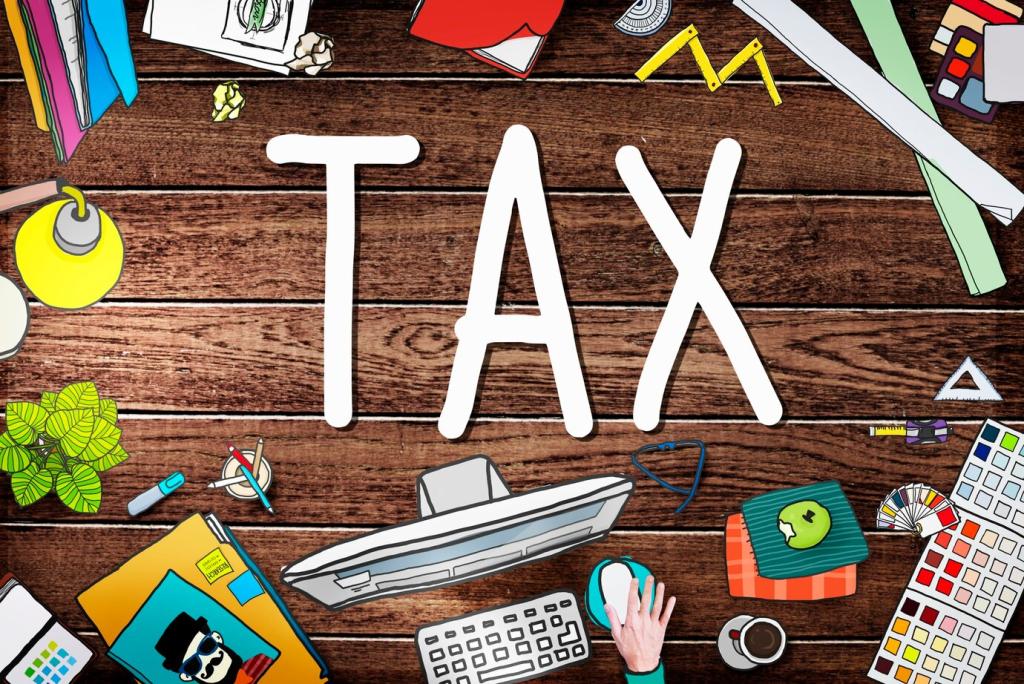Robotic Process Automation in Tax Preparation: From Chaos to Clarity
Today’s chosen theme: Robotic Process Automation in Tax Preparation. Discover how digital coworkers transform compliance, accelerate close cycles, and free tax pros to think strategically. Subscribe for weekly tactics, and share your automation ideas or hurdles so we can solve them together.
RPA removes repetitive keying across W-2s, 1099s, invoices, bank feeds, and ERP exports, copying and validating data exactly as designed. The result is faster throughput, reliable cross-system alignment, and team capacity redirected toward higher-value tax analysis.
Why RPA Belongs in Your Tax Workflow
From Spreadsheet to Bot: Implementation Roadmap
Map the end-to-end preparation cycle, scoring tasks by volume, rules clarity, and error impact. Start with a stable, repetitive process—like data extraction and normalization—so your first tax bot can prove value within weeks, not months.
Create a narrowly scoped bot that logs into systems, extracts fields, applies validations, and writes an audit-ready output. Keep humans in the loop for exceptions to ensure trust, quick feedback, and continuous improvement before wider rollout.
Track cycle time, exception rates, rework hours, and reviewer comments before and after bot deployment. Share quick videos or dashboards with your stakeholders, then invite teammates to nominate the next candidate for automation in tax preparation.

Compliance You Can Audit
Assign bots service accounts with least-privilege access and distinct roles for data collection, transformation, and submission. This enforces clear segregation in tax workflows, reducing control gaps and supporting your internal and external audits.
Compliance You Can Audit
Every bot run should capture timestamps, input sources, rule versions, and outputs. Persistent logs and evidence folders let reviewers retrace decisions easily, strengthening defensibility when regulators or auditors request detailed substantiation.





Stories from the Tax Floor
A mid-market team used RPA to reconcile thousands of ledger lines against source statements nightly. The bot flagged only true variances, so morning reviewers focused on judgement instead of typing. Share your toughest reconciliation nightmare below.
Designing Bot-Friendly SOPs
Rewrite procedures with precise field names, screenshots, and rule tables so bots and humans follow the same playbook. Clear inputs and outcomes reduce ambiguity, speed onboarding, and make automation maintenance straightforward during busy periods.
Citizen Developers in Tax
Empower analysts to prototype automations under a governed framework. Provide training, starter templates, and code reviews, then celebrate small wins. Tell us which step you’d automate first if you had a mentor and two focused afternoons.
Building Trust with Transparent Bots
Show each bot’s responsibilities, limits, and exception routes. Invite preparers to review logs and suggest improvements. When teams see exactly how automation works, skepticism fades and collaboration flourishes during critical tax preparation cycles.


From Single Tasks to Managed Journeys
Chain bots across intake, validation, calculation, and binder assembly with checkpoints at each stage. Standardized patterns and reusable components reduce maintenance, helping you scale tax preparation automation without multiplying complexity.

Pairing RPA with Document Understanding
Combine RPA with intelligent extraction for semi-structured forms like invoices and 1099s. Confidence thresholds trigger human review, improving accuracy while preserving throughput. Comment if you want our starter checklist for document-heavy tax processes.
Join our mailing list
